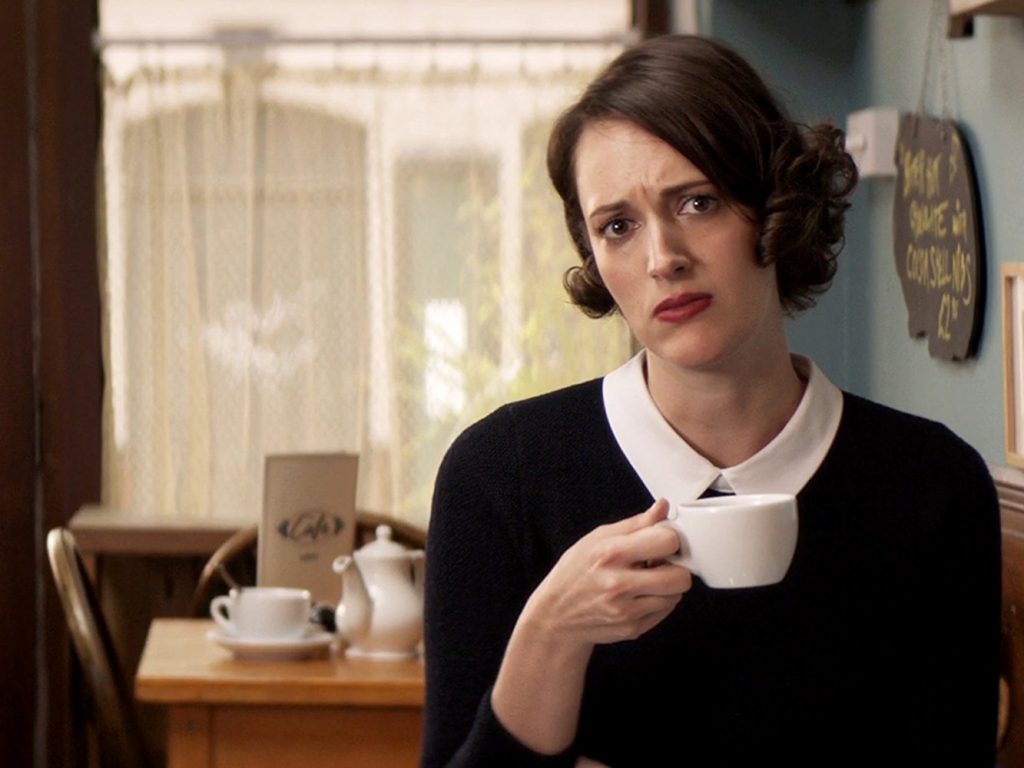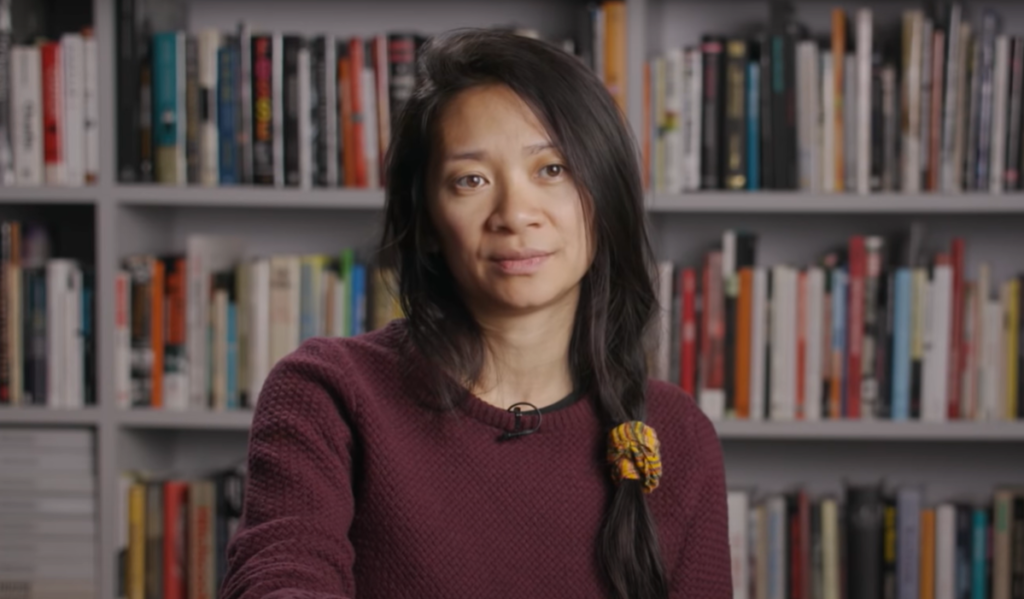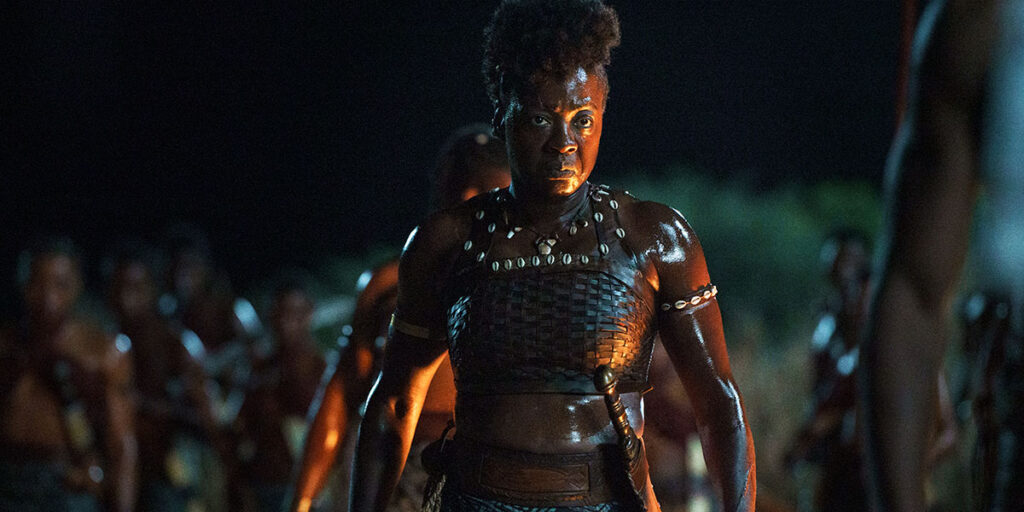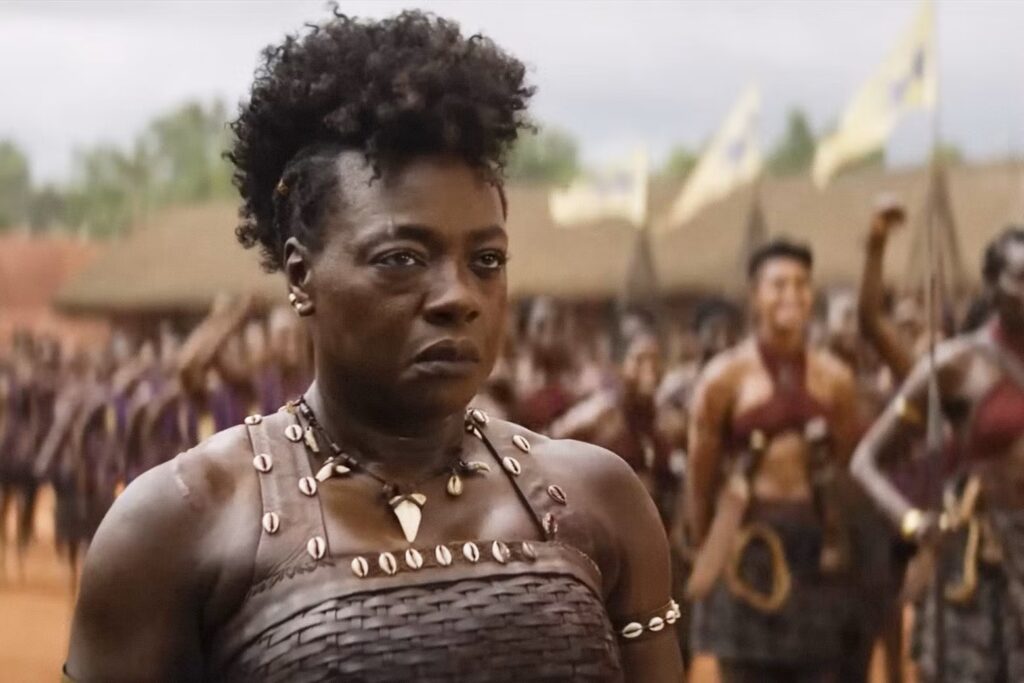In 2017 women represented 11 percent of the writers on the United States’ top 250 films. They accounted for 33 percent of television writers during the States’ 2016-17 season. Obviously, there’s a severe gender gap among screenwriters — but it’s not just a U.S. problem. Trade union Writers’ Guild of Great Britain (WGGB) has released an independent report and its findings make clear that women are being shut out of screenwriting jobs in the UK, too.
The study, “Gender Inequality and Screenwriters: A study of the impact of gender on equality of opportunity for screenwriters and key creatives in the UK film and television industries,” examined the gender of writers in UK film and TV for the past 10 years. It concluded that women represent just 16 percent of working film writers and wrote 28 percent of UK TV episodes. Only 11 percent of features and 14 percent of prime time TV were predominantly women-written. Making matters even more disheartening, there has been “no significant improvement” in the number of female UK screenwriters in more than 10 years.
As the report stresses, women screenwriters receive far fewer opportunities than their male counterparts even though their work is just as — if not more — successful. “Gender Inequality and Screenwriters” points to critical and commercial hits from women writers in TV and film, such as “Fleabag” (Phoebe Waller-Bridge), “Victoria” (Daisy Goodwin), “Call the Midwife” (Heidi Thomas), “Happy Valley” (Sally Wainwright), the “Kingsman” franchise (Jane Goldman), and “Suffragette” (Abi Morgan), to disprove “any myth that female writers are not as successful ‘at the box office.'”
“I have been asked about the dearth of female screenwriters in this country ever since my first feature film put me into that endangered species bracket. I and others were reassuring: ‘It’s just a matter of time. It’s getting better. It will work itself out,'” said WGGB president and screenwriter Olivia Hetreed (“Girl with a Pearl Earring”). “But more than a decade later, this new research shows that the number of women writing films has flatlined at abjectly low levels — 16 percent at best.”
“No woman writer has got through without a struggle and it’s criminal that I can count on one hand how many women signature writers there are on TV right now,” added screenwriter Kay Mellor (“Girlfriends”). “Sometimes it takes a collective to say ‘this is not fair’ and it’s not. It’s time things changed.”
Fortunately, the WGGB has proposed several ways to address the gender inequality among UK screenwriters. The union suggests that further research be conducted on the gender gap, and unconscious bias be addressed via campaigns and training. The WGGB has also kicked off the Equality Writes campaign, a push for Project Diamond to release its TV equality data and for public funders to pledge a 50/50 split between female- and male-written films by 2020.
Hopefully film and TV execs in the UK — and elsewhere — absorb the report’s conclusions, adopt its recommendations, and work to narrow the gender gap among screenwriters. Because another 10 years of “no significant improvement” is just plain unacceptable.
You can check out the entire “Gender Inequality and Screenwriters” study at WGGB’s website. The key findings are below.
Film
- Only 16% of all writers credited on at least one UK feature film between 2005 and 2016 were female. (Of the 3,310 writers with at least one credit on a UK feature film between 2005 and 2016, only 526 were female).
- Only 15% of writer credits on UK feature films (2005-2016) went to female writers.
- Only 11% of films were predominantly female-written. 21% had at least one female writer.
- In the last decade there has been little increase in the number of female writers. In 2006, 21% of UK feature films had at least one female writer. In 2016, 22% of UK feature films had a female writer. There is no year in the last decade in which more than 15% of UK feature films were predominantly female-written.
- Fewer than 7% of films with a budget greater than £10m are predominantly female-written.
- Female-written films are, in general, more positively received by audiences and reviewed by critics, than those written by their male counterparts. Female-written films have an average IMDb Score of 6.17, whilst male-written films average 5.87, and an average Metacritic Score of 58.1, whilst male-written films average 56.0.
- Female-written films have, in general, higher gross revenues than those written by their male counterparts; Female-written films had higher average UK box office revenue than films written by their male counterparts, in five of six studied budget bands, and a higher average worldwide box office revenue than films written by their male counterparts, in four of five studied budget bands.
Television
- Only 30% of all writers credited on at least one UK TV episodes, between 2001 and 2016, were female.
- Only 28% of all UK TV episodes were predominantly female-written.
- The percentage of television programs with a predominantly female writing staff is just 18%
- 27% of morning programming is predominantly female-written, while only 14% of prime-time programming is predominantly female-written.
- A greater percentage of credited TV writers are female than credited film writers. However, the broader imbalance remains, as 30% of the 7,469 UK TV writers across the studied period were female, whilst 70% were male.
- Evenly split writing teams are becoming rarer, declining from 15% prior to 2000 and 11% in 2001 to 6% in 2015 and 5% in 2016.
- There are limited differences in the number of female-written episodes between the BBC, ITV and Channel 4. Between 63% and 66% of all episodes, for each of the three main broadcasters, were predominantly male-written. A greater percentage of writers on episodes broadcast for both Channel 5 and S4C are female, than for any of the larger broadcasters.
- A greater percentage of episodes and programs on BBC1 (24%) and BBC2 (22%), and ITV1 (31%) and ITV2 (33%) are predominantly female written, than on other BBC and ITV channels.
Film and Television
- Although there have been occasional increases in female representation amongst feature film writers over the last decade, they have been modest and unsustained.
- Female representation amongst writers is better in the television industry than in the film industry, however, female writers remain in the minority.
- The percentage of programs predominantly written by women declines through the day, with prime-time programming having the greatest disparity between male and female-written shows.
- Longer running shows (CDS), comprised of more total episodes, tend to have more equal representation.
- With both film and television, disparities between male and female writers affects certain types of genre and programming more than others; for example, female writers appear particularly rare on comedy and light-entertainment programming.
- Although the three main broadcasters appear to have similar ratios of female to male-written programming, closer examination does reveal differences between them;
- ITV have little difference between prime-time and daytime female writer representation, but have a particularly high percentage of female writers working on CDS, obscuring lower representation elsewhere.
- Channel 4 has particularly low early-peak representation, but more predominantly female-written episodes during late-peak than other broadcasters.
- Channel 4 is also an outlier in having better representation outside of CDS.
- Higher percentages of female writers on CBBC and CBeebies mean the impact of children’s TV figures is particularly notable for BBC averages
Career Trajectories
- Female television writers average fewer episode and program credits across the course of their careers, than their male counterparts.
- Female writers are comparatively less likely to progress to more widely-viewed, prestigious and lucrative programming. Female writers do not face a universal limitation of access in TV, but the data suggests significant restrictions, particularly related to prime-time programming.
- The majority of respondents to the poll (of over 200 writers) suggested they had seen evidence of discrimination, of some form, over the course of their careers.







